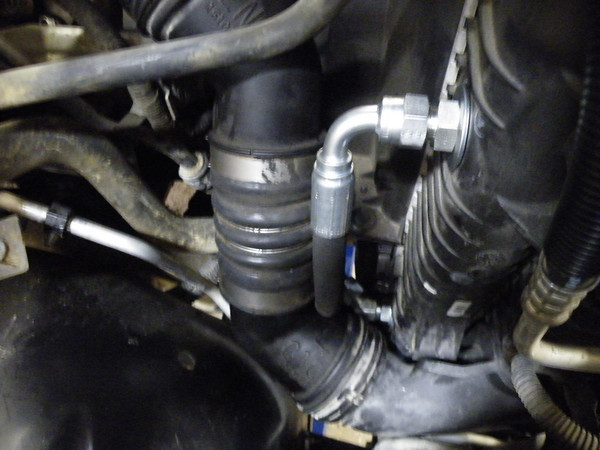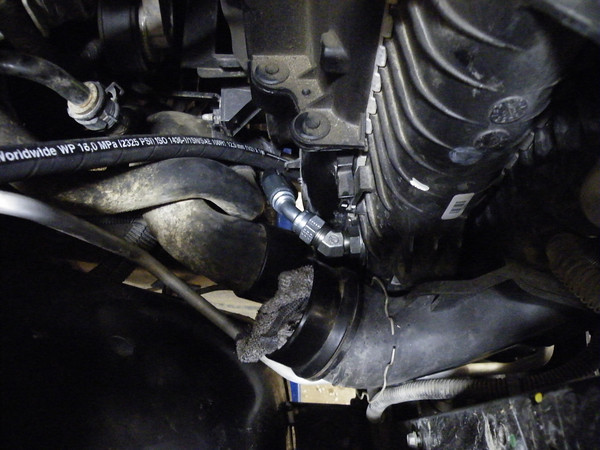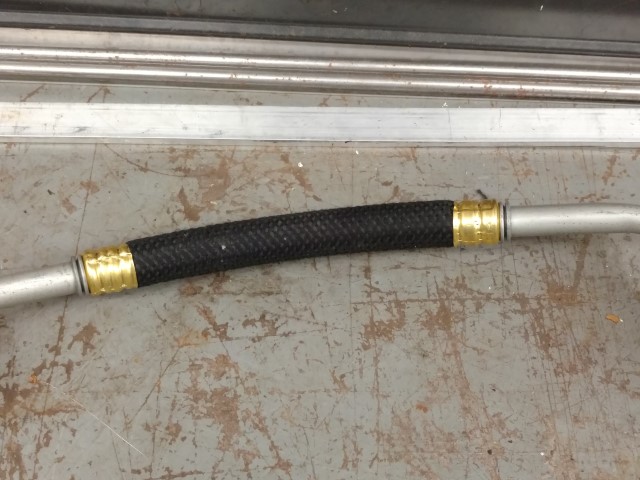dieselkidd04
Member
Wondering if anyone has any positive reviews on some of the trans cooler line upgrades out there? I am considering the deviant kit from alligator it seems to be a decent price and those jic fittings with parker hoses look alot better than the oem options. Thanks.




